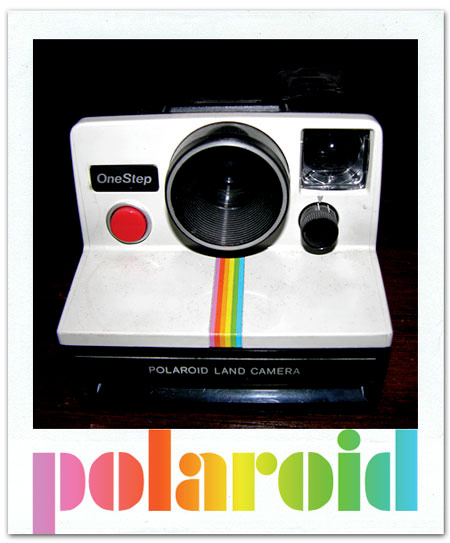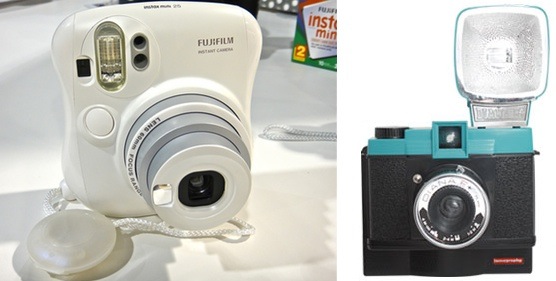
The Polaroid saga is a long and strange one. And the last couple years have been especially strange. Bankrupt, reanimated, relaunched, sold out, bought up… I wouldn’t be surprised if Polaroid showed up on Dancing With The Stars.
They keep saying they’re coming back, but I’ll believe it when I see it. In the mean time, your options for instant film are depressingly limited, and it’ll cost you a bundle — but it’s not like it disappeared completely. The main rival for Polaroid was Fujifilm, which also makes digital cameras and lots of other films and media. Among their many products is Instax film, which is still manufactured and comes in cartridges of 10 exposures. It ends up costing ~75¢ per shot, which is technically infinity percent more than a digital, so understandably not too many people go for it.
Add in the fact that the Instax 200 camera is the size of a bear, and you could forgive the general public for thinking instant film is more or less dead. What reminded me of all this was, first, this hands-on with a new, smaller (weirder) Instax format camera, and also the relatively recent marriage of Lomo cameras with the reduced-size Instax Mini film.

The LC-A+ I wrote up is a bit expensive, however, at around $300 for the camera and Instax back. I’ll have a review soon of the Diana+ and its instant back, which is much more affordable, but still very cool. Depending on how that goes, I’ll be able to tell you with a little more conviction, but it seems to me that if instant is really what you want, you’ve got a couple ways of going about it. Just don’t count on Polaroid just yet.